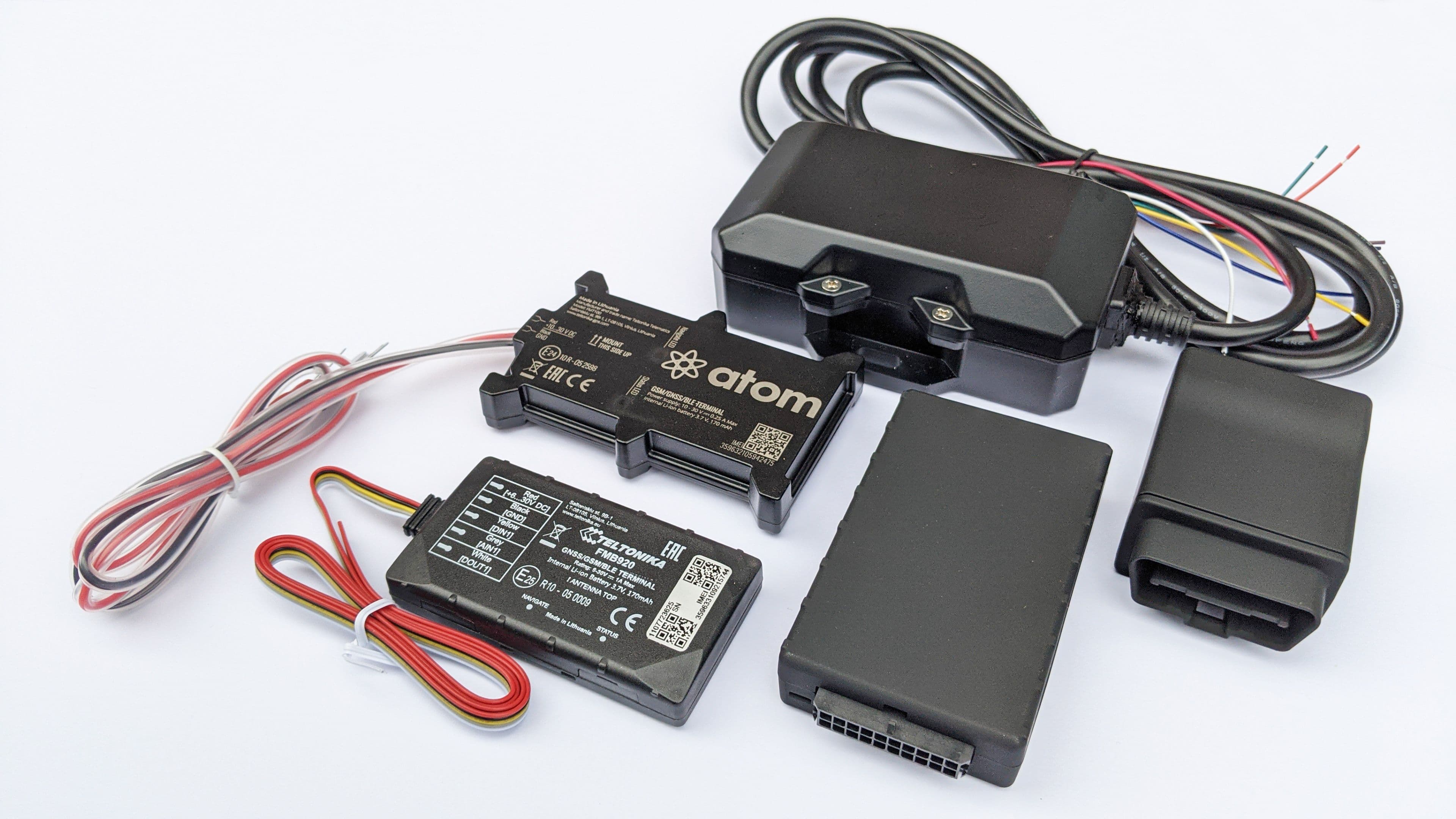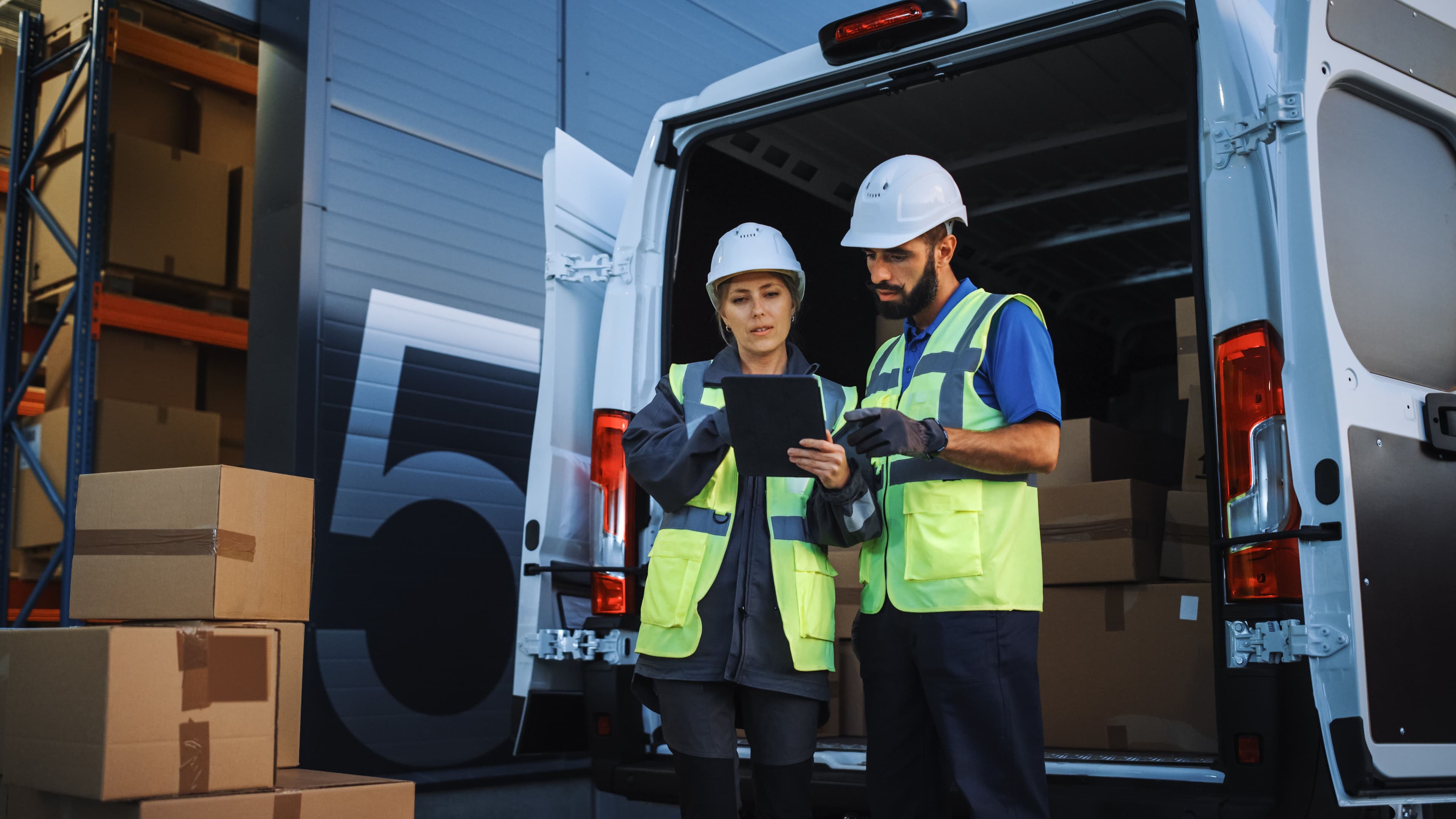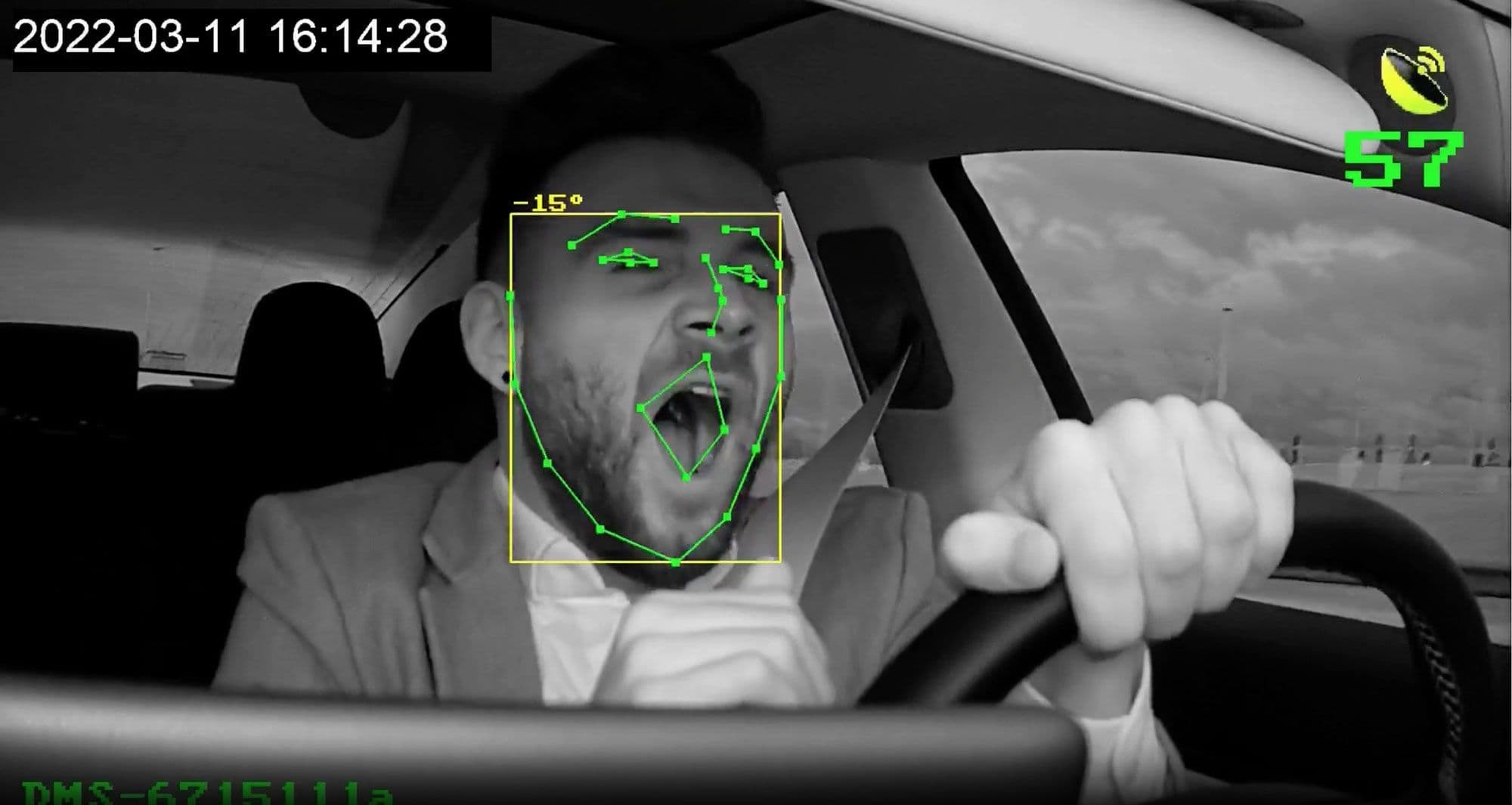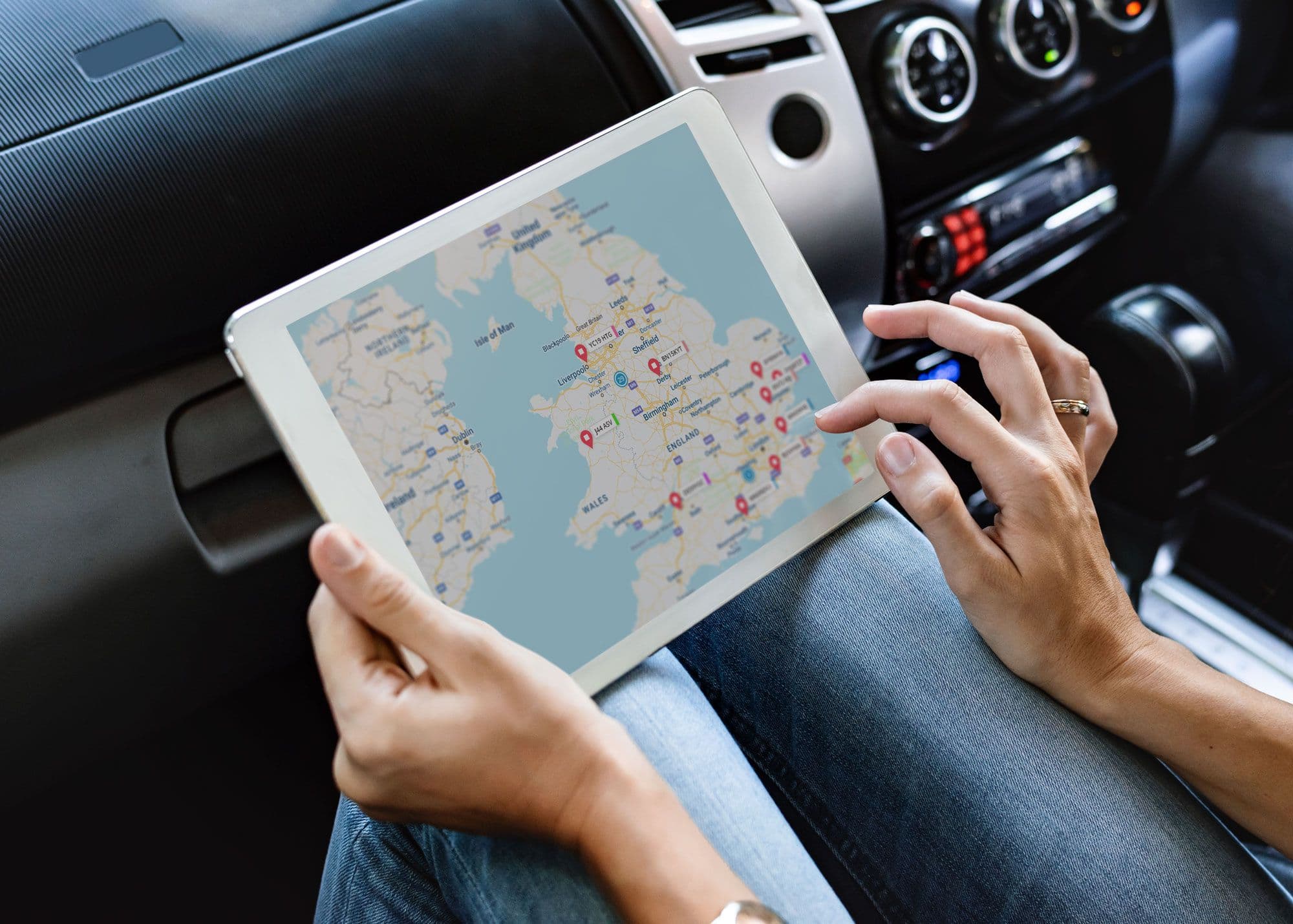- Home
- Telematics
- What is telematics?
What is telematics?
Take a look at in-depth guide to telematics, including what it is, how telematics is used today, and what the future holds for this exciting technology.

Telematics definition
Telematics is a ground-breaking technology that is revolutionising the way we interact with vehicles and manage our transportation systems.
With the constant advancements in technology, telematics has become an essential tool in the modern world. It combines telecommunications and informatics to enable the exchange of data between vehicles, drivers, and fleet managers in real-time.
In today's fast-paced and interconnected world, vehicle telematics plays a crucial role in various industries, including transportation, logistics, and insurance. It provides valuable insights into vehicle performance, location tracking, driver behaviour, and fuel consumption, helping to cut fuel usage through better efficiency and performance.
By leveraging telematics, businesses and individuals can make informed decisions, optimise operational efficiency, improve safety, and reduce costs.

Is telematics important?
The importance of vehicle telematics cannot be understated. This technology allows fleet managers to monitor vehicle location, ensuring they are operating their fleets optimally and within regulatory and compliance guidelines. Furthermore, telematics helps companies to drive fuel efficiency, helping to manage an often significant cost.
Telematics enables an insurance company to evaluate driver behaviour and tailor insurance policies based on individual risk profiles, promoting safer driving habits among policyholders. Telematics car insurance is now widely offered, with reduced car insurance premiums based on data-led driver behaviour.
Telematics empowers businesses and individuals to achieve greater control, efficiency, and safety in their daily operations, through the collection of vehicle data which drives smarter decision making.
In the following sections, we will delve deeper into the various aspects of telematics, exploring its applications, benefits, and the role it plays in enhancing driver safety, vehicle management, and overall operational efficiency.

How does telematics work?
Telematics is a term derived from the combination of telecommunications and informatics. It refers to the technology that encompasses the gathering, analysis, and transmission of data from remote sources through the use of telecommunication devices.
At its core, a telematics system involves the integration of various communication technologies with computer systems to enable the exchange of information. This exchange typically occurs between vehicles, such as cars, trucks, or fleets, and central data centres.
The concept of telematics originated from the need to improve communication and information sharing in the transportation industry. By leveraging advancements in telecommunications and computer science, telematics enables real-time monitoring, tracking, and management of vehicles, drivers, and other related data.

What does a telematics system do?
In simpler terms, telematics technology allows for the seamless transmission of information between vehicles and external systems, providing insights into areas such as vehicle location, driver behaviour, fuel consumption, and more. It serves as a vital tool for enhancing operational efficiency, improving safety, and optimising performance in various industries, including transportation, logistics, and insurance.
The integration of telecommunications and informatics within telematics has paved the way for revolutionary applications, such as vehicle tracking, fleet management, and telematics-based insurance. With its ability to capture and analyse data, telematics has become an indispensable technology in today's digitally-driven world, enabling organisations to make data-driven decisions and enhance their overall business operations.

Key components of a telematics system
Telematics systems are complex and multifaceted, consisting of several primary elements that work together seamlessly to provide valuable insights and data. These elements include hardware, software, and connectivity.
A telematics device forms the foundation of any telematics system. A "telematics box" encompasses various sensors and GPS (global positioning system) devices installed in vehicles. These sensors, such as accelerometers, gyroscopes, and magnetometers, capture data on vehicle dynamics, including speed, acceleration, and braking. GPS tracking devices enable accurate tracking of vehicle location, making it an essential component for many telematics applications.

What is telematics software?
Software plays a crucial role in telematics systems by processing, analysing, and reporting the data collected by the hardware. Advanced algorithms and machine learning techniques are often employed to extract meaningful information from the vast amount of data generated. This information can include insights on driver behaviour, vehicle performance, fuel efficiency, and more. The software transforms raw data into actionable intelligence that can be used by a fleet manager, insurers, and other stakeholders to make informed decisions.
Connectivity is another vital element of telematics systems. Wireless networks, such as cellular or Wi-Fi, enable real-time transmission of data between the telematics device in the vehicle and a central server. This connectivity allows for seamless communication and enables remote monitoring and control of vehicles. Connectivity is further enhanced by the Internet of Things (IoT), which enables integration with other devices and systems, expanding the capabilities of telematics solutions.
By combining hardware, software, and connectivity, telematics systems provide a comprehensive solution for capturing, analysing, and utilising vehicle data. This integration of elements allows for improved fleet management, optimised driving behaviour, enhanced fleet vehicle performance, and the potential for reduced costs and increased safety. As technology continues to advance, telematics systems are becoming increasingly sophisticated, empowering businesses and fleet management professionals with valuable insights for better decision-making.

Applications of telematics technology
Telematics is a transformative technology with extensive applications across various industries and sectors. In the automotive industry, telematics plays a crucial role in fleet management, providing real-time vehicle data on location, maintenance needs, and driving behaviour for optimised operations. Furthermore, it is leveraged by insurance companies to offer usage-based insurance, where premiums are determined based on driving habits. Telematics also enhances navigation systems, offering accurate and up-to-date information for improved route planning and safety.
By tracking data on factors like speed, braking, and mileage, telematics helps incentivise safe driving practices and reduce accident rates. This technology empowers insurance companies to offer personalised and fair insurance policies based on individual driving habits.
Overall, telematics holds immense potential for numerous industries, revolutionising operations, enhancing safety, and driving efficiency across sectors such as automotive, logistics and transportation, healthcare, agriculture, construction, and insurance.

What industries use telematics?
In the logistics and transportation sector, fleet telematics aids in efficient fleet tracking, including van tracking and truck tracking. This technology enables companies to monitor the movements of their vehicles, optimise routing, and enhance delivery schedules. Utilising fleet telematics ensures better resource utilisation, minimises fuel consumption, and enhances overall operational productivity. It is an essential tool for fleet managers and operational teams as it helps control costs, particularly fuel expenses, by facilitating efficient fleet operations.
The healthcare industry has also embraced telematics, as it enables remote patient monitoring, vital sign tracking, and enhanced communication between healthcare providers and patients. This technology ensures timely interventions, reduces hospital readmissions, and improves healthcare outcomes in both rural and urban areas.
In agriculture, telematics supports precision farming practices by providing real-time data on factors like soil moisture, temperature, and equipment performance. It assists in optimising irrigation, fertilisation, and harvest processes, thereby enhancing crop yields and reducing costs.
For the construction industry, telematics enables efficient equipment tracking, preventative maintenance scheduling, and remote monitoring of machinery performance. The capabilities of construction telematics contribute to enhanced project management, reduced equipment downtime, and improved safety on construction sites.
In public transport, technologies such as bus telematics and GPS taxi tracking can help with calculating accurate ETAs and also provide a platform where fleet managers can optimise routes based on traffic and journey times.
Lastly, the technology plays a significant role in the telematics insurance sector, enabling insurers to assess driver behaviour and determine insurance premiums accordingly. Telematics is often used for young driver policies, to help manage risk.

How much does telematics cost? How is telematics pricing calculated?
Telematics cost is a critical aspect to consider when exploring the benefits and potential financial savings of implementing a telematics solution for fleet management or vehicle tracking. Understanding how pricing is typically structured and the factors that influence it can help businesses make informed decisions.
A telematics price usually follows a subscription-based model for commercial use, where customers pay a recurring fee for accessing the service. The pricing structure commonly includes a base fee per vehicle or machine, along with additional charges for specific features or functionalities.
Several factors impact telematics pricing.
First, the number of fleet vehicles covered plays a significant role - the larger the fleet, the more substantial the overall cost, although the price per unit is typically less. Additionally, the breadth of features and capabilities desired by the customer affects telematics pricing. Advanced functionalities such as real-time vehicle tracking, driver behaviour monitoring, and vehicle diagnostics may lead to higher costs. Moreover, the level of customer support and telematics data analysis offered by the provider can influence the pricing structure.
The integration of related products can also drive telematics price, for example where a telematics solution includes vehicle tracking, along with dash cams or other related products. Purchasing multiple products in this way from a single provider is often more cost effective, with an integrated solution leading to easier fleet management.
Other factors that impact telematics pricing include the duration of the contract, with longer-term commitments often resulting in more competitive rates. The type of vehicles being tracked, such as trucks, vans, or cars, may also affect pricing due to variations in hardware and software requirements. Additionally, the industry in which the business operates and geographic location can contribute to price differences as well.

How telematics benefits businesses
Telematics systems offer numerous advantages and benefits for businesses, beyond simple GPS fleet tracking. Fleet telematics systems help to enhance efficiency, safety, and cost savings, whilst driving data-driven decision-making, and help fleets to reduce the environmental impact of their operations.
Fleet telematics systems significantly improve efficiency and productivity by providing real-time information on vehicle location, fuel consumption, and driver behaviour. This enables fleet managers to optimise routes, minimise idling, and proactively schedule maintenance, leading to streamlined operations and increased productivity.
Enhanced safety and security are major benefits of a vehicle telematics system. Monitoring driver behaviour promotes safe driving practices, for example by identifying instances of harsh braking and helping drivers to improve their habits, while real-time tracking ensures quick response in emergencies. Telematics technology also deters theft and unauthorised use through continuous vehicle monitoring and instant alerts.

Taking control of your fleet
Implementing telematics systems leads to cost savings by addressing fuel inefficiencies, excessive idling, and unauthorised vehicle use. Efficient route planning and optimised dispatching contribute to lower operational costs.
Telematics systems provide comprehensive data on vehicle performance, driver behaviour, and operational metrics, facilitating data-driven decision-making. This empowers businesses to make informed decisions regarding maintenance, driver training, route optimisation, and resource allocation, with all fleet data available in a fleet management software platform, that facilitates effective fleet management.
The capture of vehicle diagnostics via telematics has provided a huge benefit to OEMs, allowing them to capture detailed vehicle data to aid future engineering and production.
Furthermore, telematics systems contribute to achieving greener fleet operations by optimising routes, reducing fuel consumption, and minimising emissions. Fleet operators can monitor and reduce the carbon footprint of their business, aligning with global efforts to combat climate change.
In conclusion, a telematics solution can offer numerous and impactful advantages for businesses, enabling them to streamline operations and achieve sustainable growth.
The challenges of telematics
Telematics has many benefits, but the technology can also pose challenges and concerns.
Privacy, security, and reliability are key issues to address. Telematics collects a lot of data, raising questions about access, storage, and usage. Transparency and compliance with privacy regulations are important. Security measures like encryption and secure data storage are necessary to protect against unauthorised access. Reliability can be compromised in areas with weak network coverage.
Telematics aims to enhance safety and fuel efficiency, not spy on drivers. It offers many benefits, like reduced insurance premiums based on safe driving habits, a reduction in fuel usage and improved driver behaviour.
By addressing concerns, implementing security measures, and educating users, fleet operators can embrace telematics while minimising risks. Collaboration between a telematics provider and its users is crucial for a safe and privacy-conscious telematics ecosystem.
Telematics providers consider the typical concerns, delivering telematics data through systems that keep information secure and with controlled access.

Telematics and AI
Telematics, a blend of telecommunications and informatics, is a rapidly advancing field.
The increased use of electric vehicles has driven some evolution, with telematics providers reporting on different metrics specific to EVs.
AI revolutionises telematics by enabling vehicles to collect and process vast amounts of data, enhancing performance, efficiency, and safety. Machine learning algorithms analyse this data to uncover patterns and provide valuable insights for data-driven decision making.
Driver behaviour analysis benefits significantly from AI and machine learning. These technologies accurately assess driving habits using vehicle telematics data, allowing for targeted coaching and training programs to improve safety and reduce accidents.

The future of telematics
Future technologies, like 5G networks, will enhance connectivity for real time data transmission. This advances telematics systems and enables vehicle-to-vehicle (V2V) and vehicle-to-infrastructure (V2I) communication.
Longer-term, integration of telematics with augmented reality (AR) and virtual reality (VR) provides exciting possibilities. AR overlays real-time telematics data onto the driver's view, enhancing situational awareness. VR serves as a training tool for drivers to practice difficult scenarios.
These advancements drive efficiency, safety, and cost reduction in fleet management. Enhanced data analytics and predictive maintenance empower businesses to make smarter decisions and gain a competitive edge.
In conclusion, telematics is a field marked by continuous innovation and progress. AI, machine learning, 5G, AR, and VR play key roles in transforming driver behaviour analysis and introducing new possibilities. The impact of telematics spans industries such as transportation, logistics, and insurance. Exciting developments pave the way for a safer and more efficient future.

Why you should use telematics
Telematics is a game-changer in today's digital age. It uses advanced communication tech to collect and analyse vehicle data.
Telematics enables real time vehicle tracking for fleet management, improving efficiency and safety. It also monitors driver behaviour, encouraging driving habits.
Additionally, telematics provides insights for proactive vehicle maintenance, optimising fuel consumption. In the insurance industry, telematics helps personalise coverage and reward safe driving. Overall, telematics revolutionises vehicle management, enhances safety, and transforms transportation.

With a range of solutions available we have something for all business
Find out how Radius can help your business
Are you ready to benefit from a unified, innovative fleet management system? Get in touch today to learn more about how we can revolutionise your business operations.
Speak to an expert

Why choose Radius?
With innovative solutions built around the needs of our customers, we've established an international reputation for helping businesses grow sustainably.
Expertise
Our team has over 34 years of experience helping more than 400,000 customers globally.
Trust
We are an internationally-acclaimed provider with numerous awards for our products and services.
Choice
Choose from our range of fleet, mobility and connectivity solutions that can be tailored to suit your needs.
Solutions
Use our award-winning technology and services to save your business time and money.



Can’t find what you are looking for?
The customer support team at Radius has a global reach with over 50 offices to offer local contact with an international presence. Let us know how we can help.
Contact us

Radius Telematics Limited is authorised and regulated by the Financial Conduct Authority under reference number 976344.